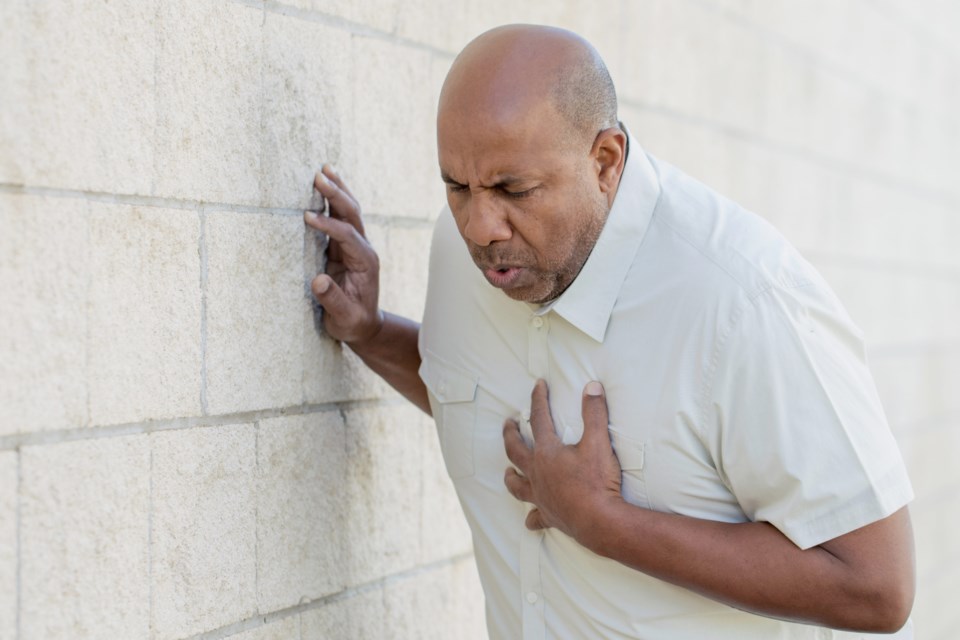A new study funded by Heart & Stroke reveals annual stroke occurrence rates in Canada have increased to roughly one every five minutes. This highlights the need for strong stroke care, treatment and recovery systems across the country as well as better prevention.
Age is a risk factor for stroke, and as a large proportion of the population ages the number of strokes has increased and will continue to increase. Stroke can happen at any age though, and more younger people are also having strokes, numbers show.
“As stroke events increase, emergency medical services and hospitals need to be ready to respond to ensure patients receive the right care in a timely way leading to the best outcomes," said Dr. Michael Hill, Senior Medical Director, Cardiovascular and Stroke SCN at Alberta Health Services and senior author of the study.
More Canadians than ever are surviving stroke too, making it a leading cause of adult disability. Half of all people in Canada living with stroke need some help with daily activities such as eating, bathing, dressing, going to the washroom and getting around.
“We need to improve access to rehabilitation and other services for people living with stroke and their caregivers, so they have the support they need for the best recovery possible. And we need a greater focus on prevention," added Dr. Patrice Lindsay, Director, Health Systems, Heart & Stroke, and one of the authors of the study.
Know the signs of stroke
Remember FACE to watch for a sign of stroke in yourself or a loved one. F = The face. Is it drooping? A= Arms. Can you raise both arms? C= Speech. Is it slurred or are words jumbled? E= Time. Outcomes from a stroke can improve dramatically if treatment is received quickly. Call 9-1-1- right away when you see the signs.
Signs of heart attack
For both men and women, the most common heart attack sign is chest pain or discomfort. However, women can experience a heart attack without chest pressure. Watch for more signs: sweating, nausea, light-headedness, chest pressure, squeezing, fullness or pain, burning or heaviness. Upper-body discomfort in the neck, jaw, shoulder, arms and back. Shortness of breath.
Experiencing signs of a heart attack?
Thousands die each year from heart attacks. Recognize the signs and act quickly: Call 9-1-1. Stop all activity and sit or lie down. Take your nitroglycerin. Take ASA (aspirin), chew and swallow one regular strength aspirin 325 mg tablet, or two 81 mg tablets. Rest and wait, try to stay calm. Keep a list of your medications in your wallet and by the phone for emergency personnel.
See heartandstroke.ca/heartsigns for more.
Did You Know?
A stroke happens when blood stops flowing to any part of your brain, damaging brain cells. The effects of a stroke depend on the part of the brain that is damaged and the amount of damage done. Knowing how your brain works can help you understand stroke.
Heart disease and stroke are leading causes of death in Canada, responsible for 27.3% of all deaths.
Up to 80 per cent of early heart disease and stroke can be prevented by adopting healthy behaviours including eating a healthy diet of fruit and vegetables, whole grains and proteins from various sources. This includes consuming healthy fats for optimal body function.
Canadians consume about ten per cent of their total calories from saturated fats and highly processed foods. Experts encourage a diet low in saturated fats.
The Heart and Stroke Foundation recommends an individual’s total intake of free sugars not exceed 10% of total daily calorie intake, and ideally less than 5 per cent.



